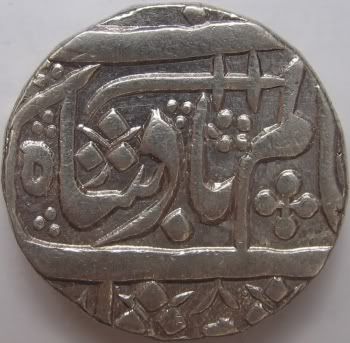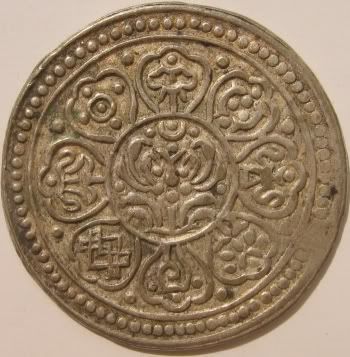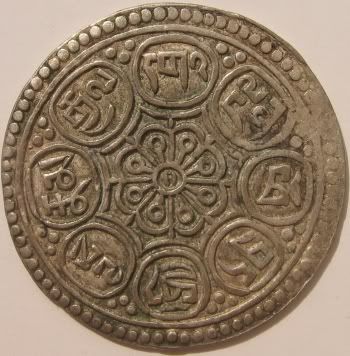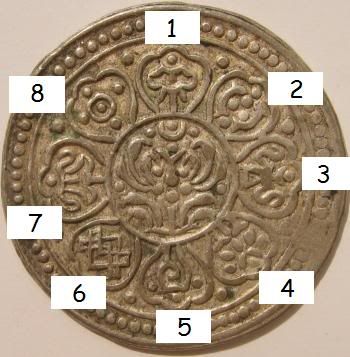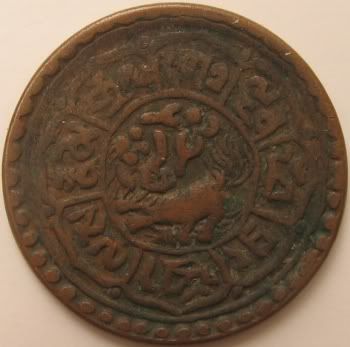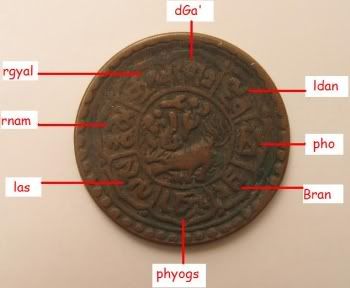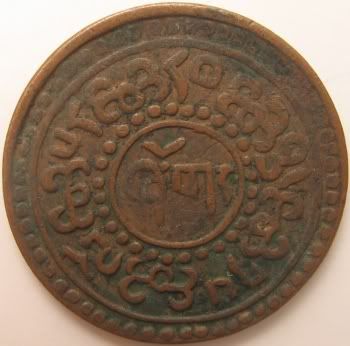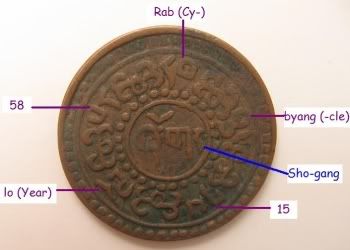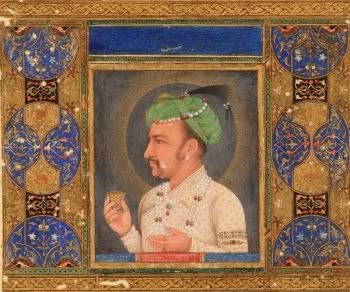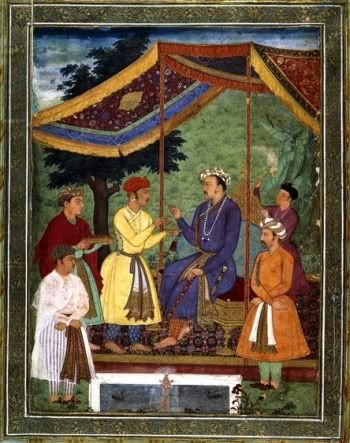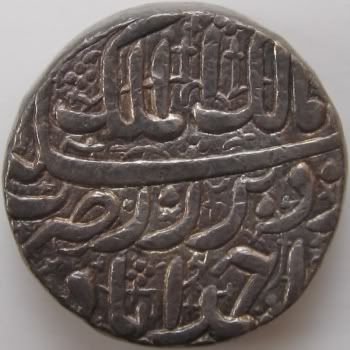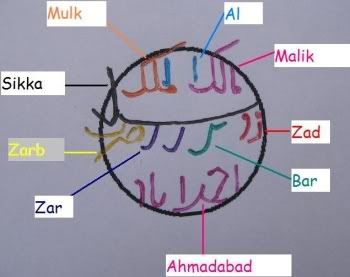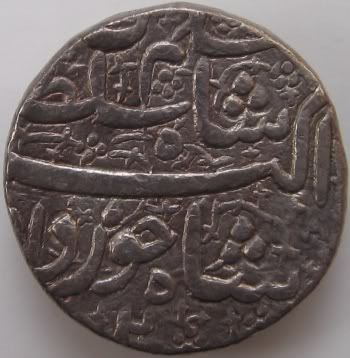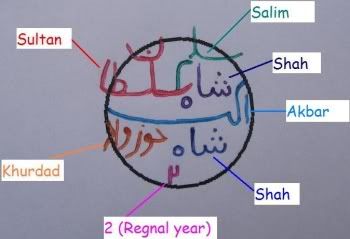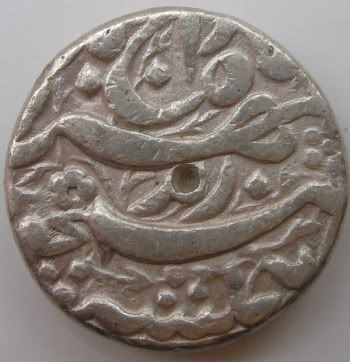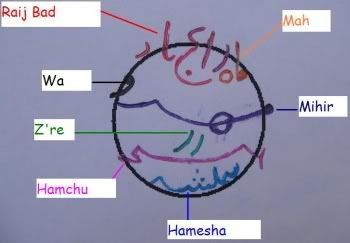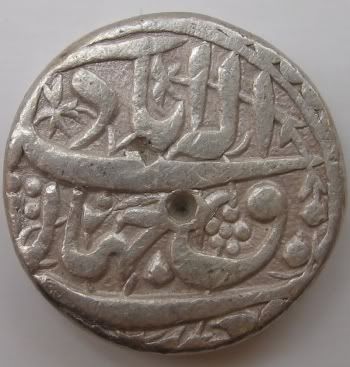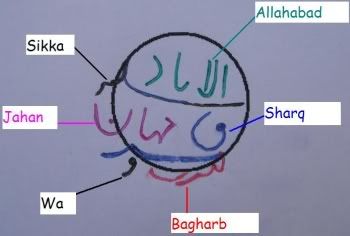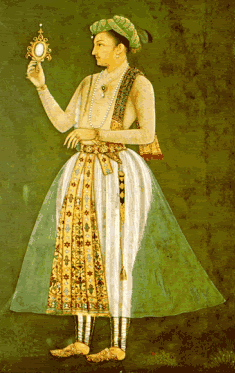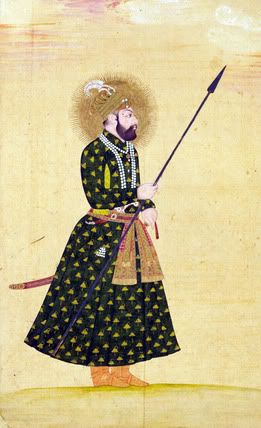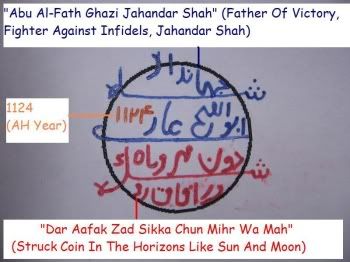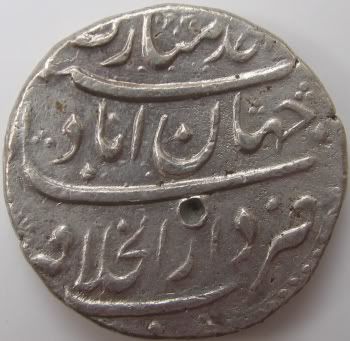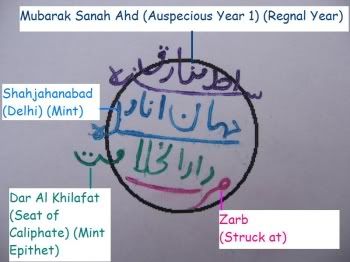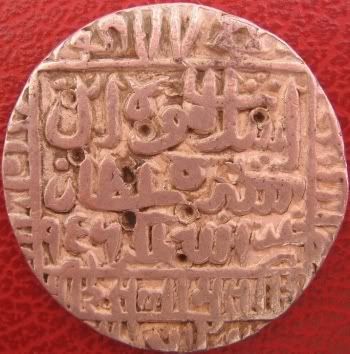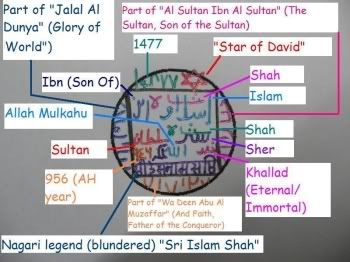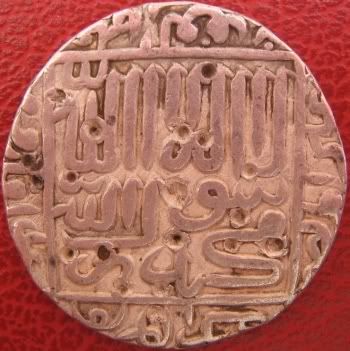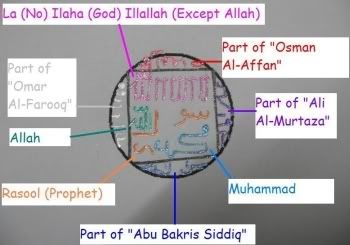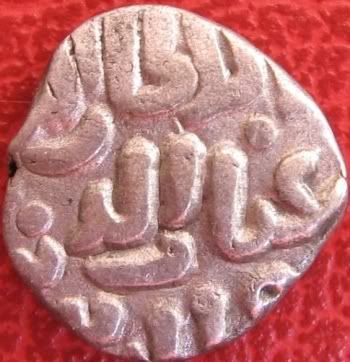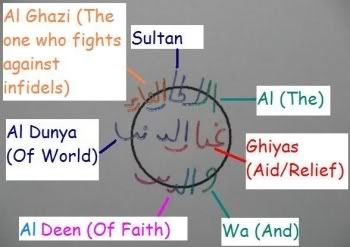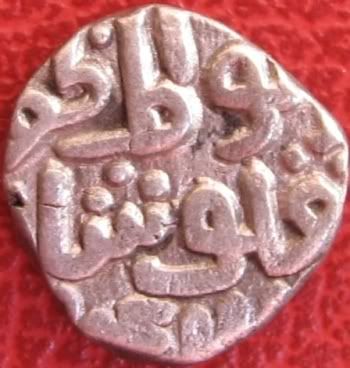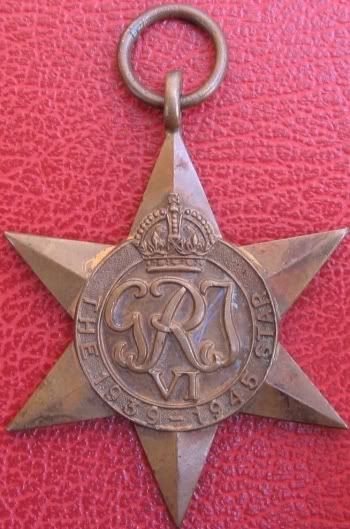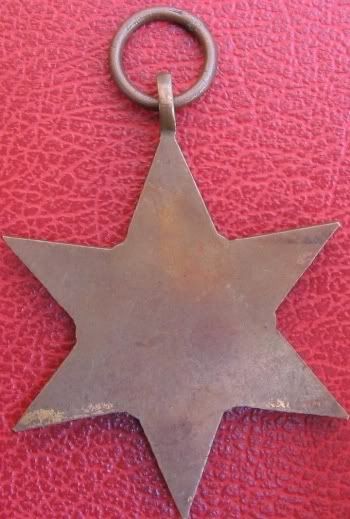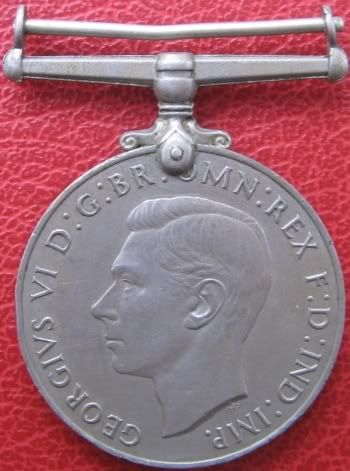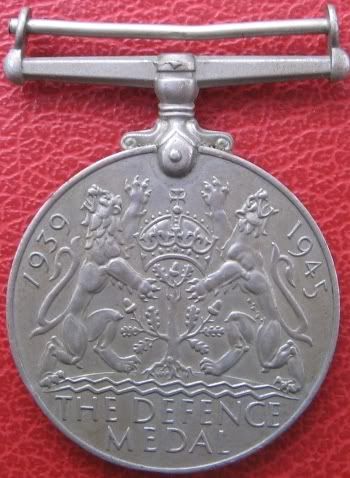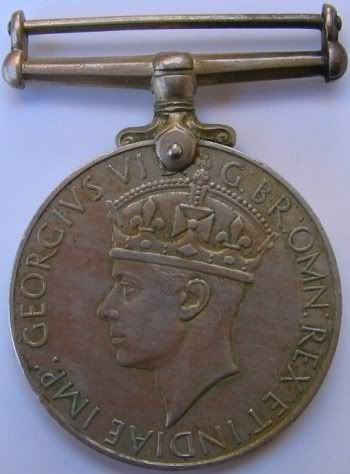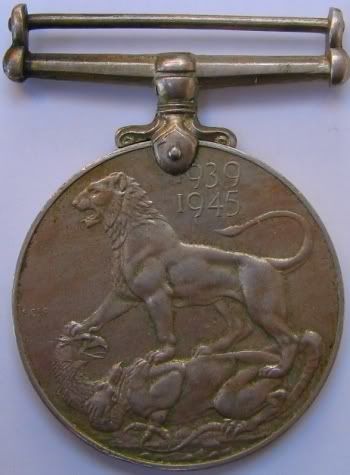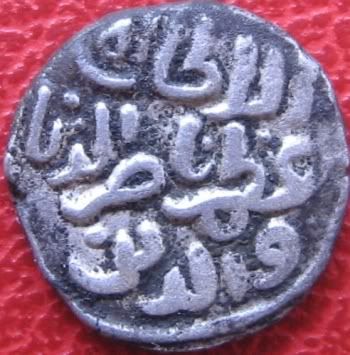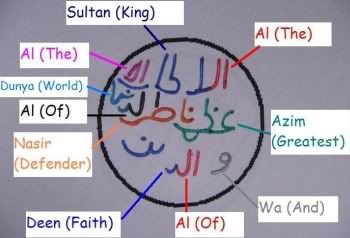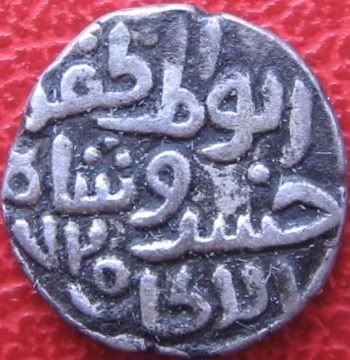‘Ala’ al-Din Muhammad suffered from many troubles in his later years and success no longer attended him. His naturally violent temper became uncontrollable and he allowed his infatuation for Malik Kafur to influence all his actions. His health failed, dropsy developed, and he died in January 1316. According to some, the infamous Malik Kafur helped his disease to a fatal termination.
Malik Kafur placed an infant son of ‘Ala’ al-Din (Shihab al-Din ‘Umar) on the throne, reserving all power for himself. He imprisoned, blinded, or killed most other members of the royal family. His criminal rule, however, lasted only thirty-five days and he and his companions were beheaded by their slave guards.
Mubarak Khan, a son of ‘Ala’ al-Din who had escaped destruction, was placed on the throne as
Qutb-al-Din Mubarak. The young sultan turned out to be wholly evil. He was infatuated with a youth named Hasan, whom he ennobled under the style of Khusru Khan. "During his reign of four years and four months, the sultan attended to nothing but drinking, listening to music, debauchery, and pleasure...". By good luck the Mongols did not attack. Had they done so, they would have encounterd little resistance. Qutb-al-Din Mubarak attained two military successes. His officers tightened the hold of his government on Gujarat and he personally led an army against Harpal Deo, the king of Deogiri who had revolted. The king offered little resistance and was barbarously flayed alive. After his triumphant return, the sultan became even worse.
"He gave way to wrath and obscenity, to severity, revenge, and heartlessness. He dipped his hands in innocent blood, and he allowed his tongue to utter disgusting and abusive words to his companions and attendants.... He cast aside all regard for decency and presented himself decked out in the trinkets and apparel of a female before his assembled company..."
Ultimately, Mubarak was murdered by his minion Khusru Khan "and the basis of the dynasty of ‘Ala’ al-Din was utterly razed".
Obverse: In centre:
Qutb Al-Dunya Wa Al-Deen (Axis/Pole of world and of faith). In Margins:
Abu Al-Muzaffar Khalifat Allah (Father of [the] conqueror [i.e., the supreme conqueror], Deputy of God)
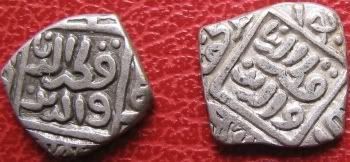
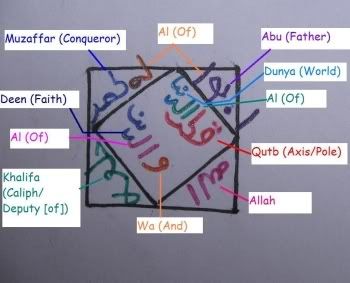 Reverse
Reverse:
Mubarak Shah Al-Sultan Ibn Al-Sultan (Mubarak Shah, the Sultan, son of the Sultan), 718
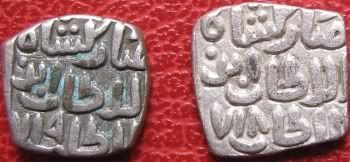
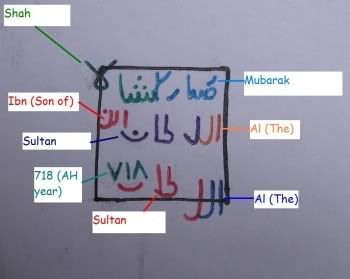
(Ref. R 1023, Goron D271, T 422.1)
Breakup of the inscriptionObverseCentre: Kaf+Toe+Be=Kutb
Alif+Lam=Al
Da+Nun+Ye (medial form)=Dunya
Waw=Wa
Alif+Lam=Al
Da+Ye+Nun=Deen
Margins: Alif+Be+Waw=Abu
Alif+Lam=Al
Mim+Zoe+Fe+Re=Muzaffar
Khe+Lam+Fe+He (?)=Khalifah
Alif+Lam+Lam+He=Allah
Reverse Mim+Be+Alif+Re+Kaf=Mubarak
Shin (initial form)+Alif+He (detached form)=Shah
Alif+Lam=Al
Sin (medial) (invisible on these coins!)+Lam+Toe+Alif+Nun (detached form)=Sultan
Alif+Be+Nun=Ibn
Alif+Lam=Al
Sin (medial) (invisible on these coins!)+Lam+Toe+Alif+Nun (detached form)=Sultan
